Last Updated: January 2025
As a US citizen, traveling to Cuba may seem complicated due to the embargo restrictions. But fear not, it is easier than you think if you are informed. In this article, we will guide you on how to travel to Cuba from the US in 2025, providing you with all the necessary information to prepare for your trip.
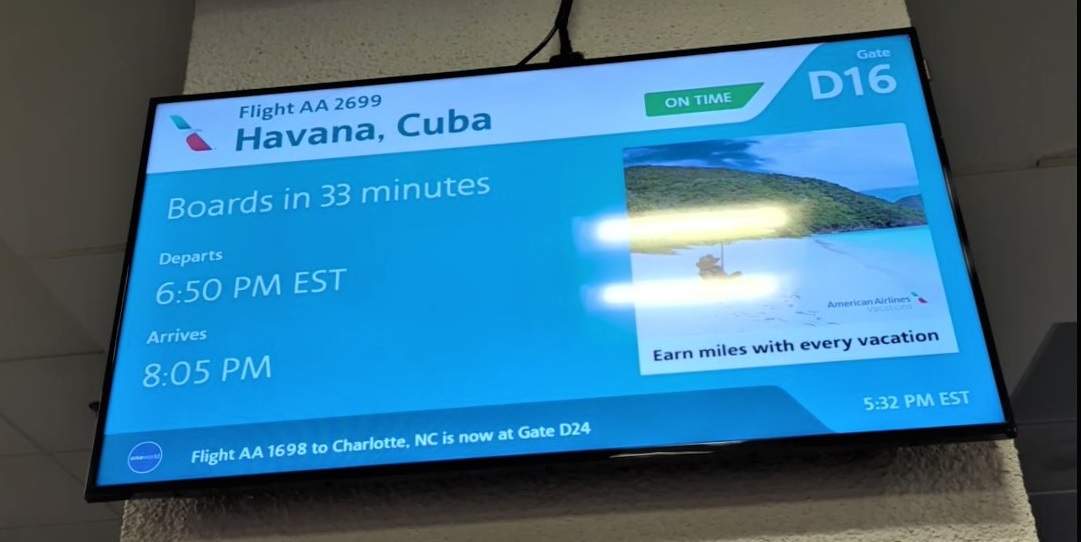
1) Make Sure Your Passport is Valid
Be mindful of your passport's expiration date. Cuba’s validity requirements are a bit murky, but to be on the safe side, make sure your passport will still be valid for 6 months after your trip- airlines could refuse to let you check in without it. Don't take any chances - if your passport is expiring within a year, get it renewed.
2) Book a Flight
You might be used to searching flights on third-party sites such as Kayak or Hopper, but booking a flight to Cuba generally requires you to go directly to the airline’s website. You could use Google Flights or Skyscanner; however, the results are sometimes limited and you may find better itineraries on your own.
American, United, Southwest, and Delta are the airlines currently offering direct flights from the US to Havana. If your search doesn’t yield results, you may have to use the multi-destination function or search the legs of the flight separately, e.g., your home airport to Florida, Florida to Havana.
Don’t overlook flights from Mexico, Panama or other American countries. It doesn’t change the rules you must follow for legal travel, but you could find better pricing or better itineraries.
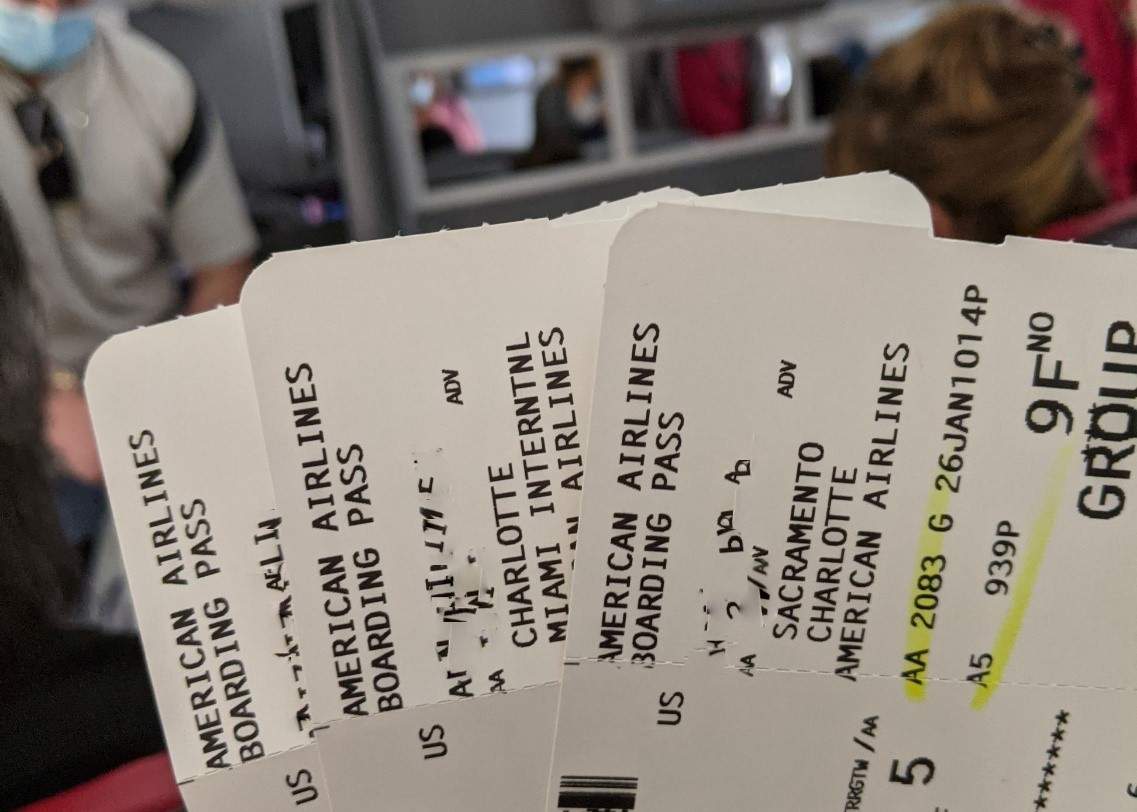
3) Buy the Cuba Visa
Most travellers only need an e-visa to enter Cuba. If you are flying direct from the US, the e-visa will be a special one issued for US travel, all other countries use a different e-visa. You may have heard about the "green visa" and the "pink visa", these were paper visas (tourist cards) that have now been replaced by the e-visa.
You can purchase the e-visa at the airport in Miami, Tampa, or Houston. All US airlines do a document check, or “Cuba readiness check,” before boarding flights to Cuba; during this process, you can buy your e-visa. It will be obvious where to do it. It takes a couple of minutes and typically costs between $85 and $100 for the visa. However, I don't recommend getting it at the airport because it an online process, and if there are technical difficulties it could cause delays, instead we suggest buying the visa in advance.
Your e-visa number will appear on your D'Viajeros form, which generates a QR. The QR code and your passport is all you need to fulfill Cuba's immigration requirements for tourism.
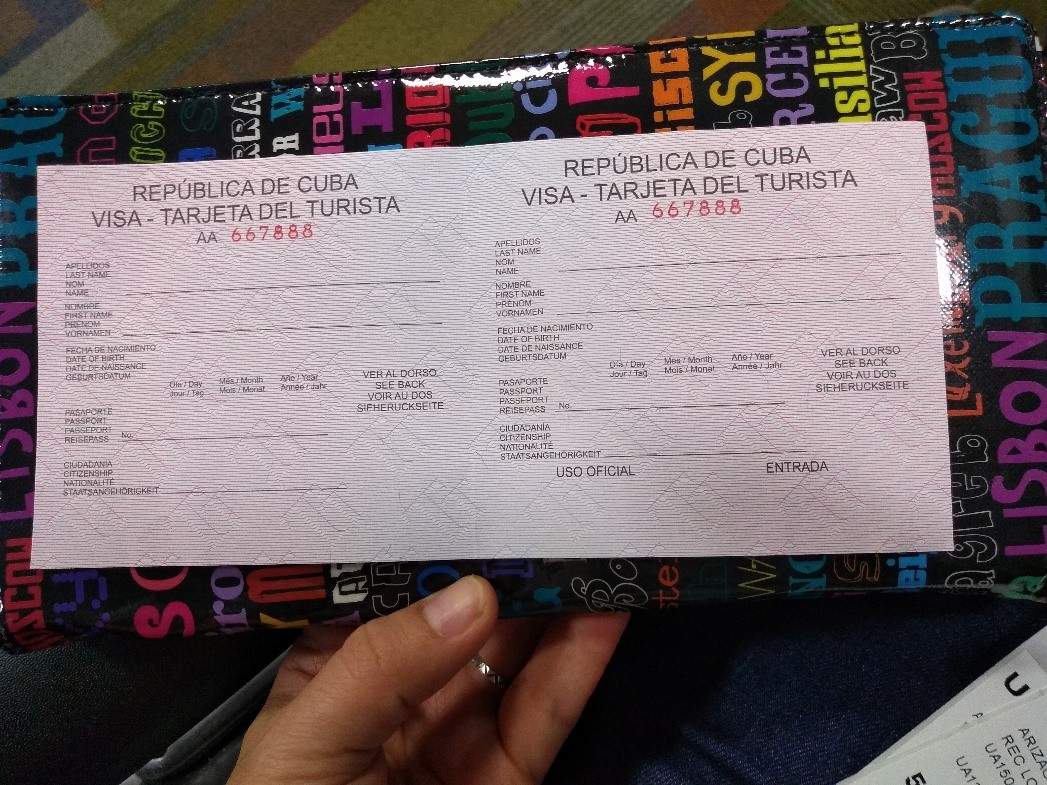
4) Prepare General License Affidavit
The general license is a US requirement that allows you to self-certify a legal reason for going to Cuba.
Most tourists use the category Support for the Cuban People (515.574), which allows most cultural activities that tourists like to do. Make sure you read about the Support for the Cuban People general license so you know what is expected of you, but don’t stress. Enforcement has been lax over the last decade, and it’s easy to comply with the rules if you’re using local guides and supporting small businesses.
The general license affidavit is simply a document stating your general license category. If you’re on tour with us, we will send you an affidavit, or you can create your own by writing a letter stating your travel dates and general license category, then signing and dating it. Many will tell you that bringing a general license affidavit is unnecessary, but it's best to err on the side of caution.
5) Get Travel Insurance
Cuba requires all visitors to have travel medical insurance. Medical insurance is automatically included in US flights to Cuba and doesn’t require any action on your part. To use the medical insurance, you’ll just show the boarding pass at the clinic or hospital.
Cuba’s insurance only covers the medical attention you receive locally, you should also protect your trip with a comprehensive policy. I use www.insuremytrip.com to search and compare policies that cover Cuba. Travel insurance is not expensive, for the peace of mind. For example, insurance for my week-long Cuba trip was US$41.27 with Trawick International. These are crazy times, and crazy times require insurance.
6) Get Clean Bills from the Bank
You must bring enough cash for your entire trip. The currency situation in Cuba is wacky, but we’re fortunate to be able to use USD to pay directly for services from casas, restaurants, taxis, shops, etc. Very few places in Cuba can process US credit cards.
So, how much cash should you bring? A rule of thumb is to bring $100 per person, per day. Ask your bank for a mix of mostly small bills ($1, $5, $10, $20) and a few large bills ($50, $100) without marks or damage. The 1s will mostly be used for tipping instead of purchases. The larger bills you can use to purchase Cuban pesos if you decide to exchange money.
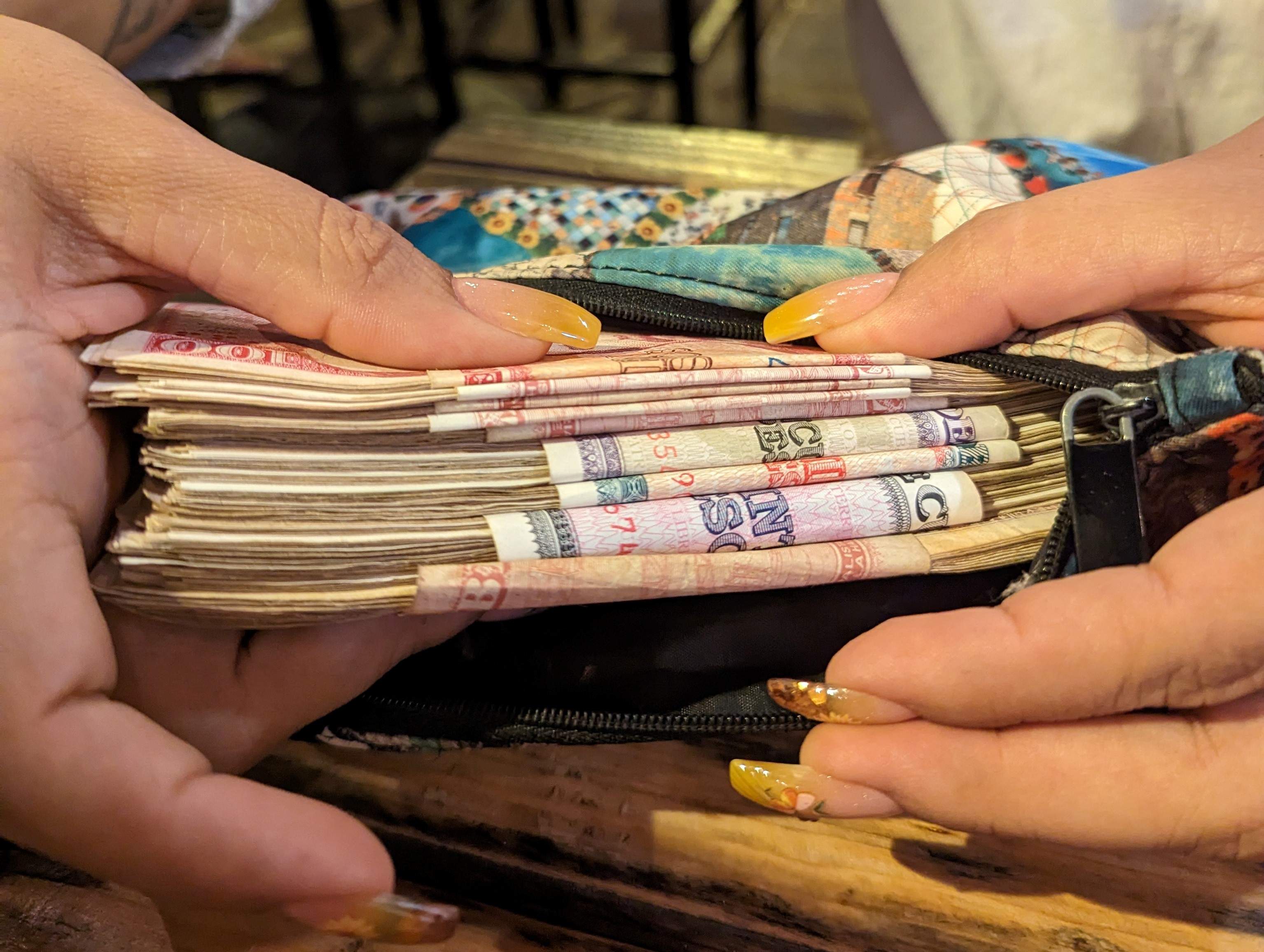
7) Download Helpful Apps for Cuba
You want to download all the apps you need before you leave home; even with a VPN, you could have trouble downloading them locally. Here are the apps I recommend for Cuba:
- Whatsapp – the number one communication tool for locals
- Maps.me- download offline maps of the areas you’ll be visiting
- La Nave- Local app to hire a taxi
- Google translate
- VPN such as Express or Psiphon- This allows you to have access to sites and features that are blocked for Cuba.
- Mandao – Local app for food delivery
- E-books and Audiobooks
8) Pack Carefully
Make sure you understand the baggage allowances for your trip. For flights to Cuba, some airlines charge hundreds of dollars for a second bag, and overweight luggage may not be allowed at all. Many tourists like to bring donations to Cuba, which is very generous and appreciated, but try to keep it to one checked suitcase maximum unless you are flying Southwest. Make sure to pack a change of clothes and your medication in your carry-on bag.
9) One Week Before: Fill Out D’Viajeros Entry Forms
Instead of filling out paper forms on the plane, you must complete Cuba’s customs, immigration, and health declaration forms on the D’Viajeros website. You can fill out the form starting about 7 days prior to your arrival in Cuba. Our step-by-step tutorial walks you through how to fill out the form to get the QR code. Your e-visa is validated once you have completed this form.
10) Two Days Before: Buy a Cuba Tourist SIM or eSIM
If you can’t use your time in Cuba to disconnect from screentime, the easiest way to stay connected is with a tourist SIM that you purchase in advance. The US$35 tourist SIM card includes 6GB data, 100 SMS, 100 min talk time, and expires in 30 days. This should be enough data for at least a week in Cuba. You can re-up the data with a credit card online but cannot purchase more minutes or talk time. You’ll pick up the SIM at the airport in Terminal 3 at the Cubatur kiosk to the left before you go through immigration or at any Etecsa office throughout the country.
This year Cuba started offering eSIM services for data only. SMS and phone calls are usually not necessary in Cuba, using messaging apps you will be able to communicate with people at home and with locals.
If you don’t want to purchase a SIM, you can connect to the internet via wifi hotspots.
In practice, visiting Cuba from the US is not as difficult as it seems. However, since the rules and best practices for Cuba travel change rapidly, it helps to use a professional tour company to keep you informed about the changes and generally make your visit more interesting and enjoyable. Cuban Adventures offers specially designed legal Cuba tours that make traveling as an American fun and easy.
Other helpful articles:
- 5 Tips to Navigate Currency in Cuba in 2024
- 5 Havana Fashion Designers- Cuban Adventures
- Vegan and Vegetarian food in Cuba | Havana Restaurants
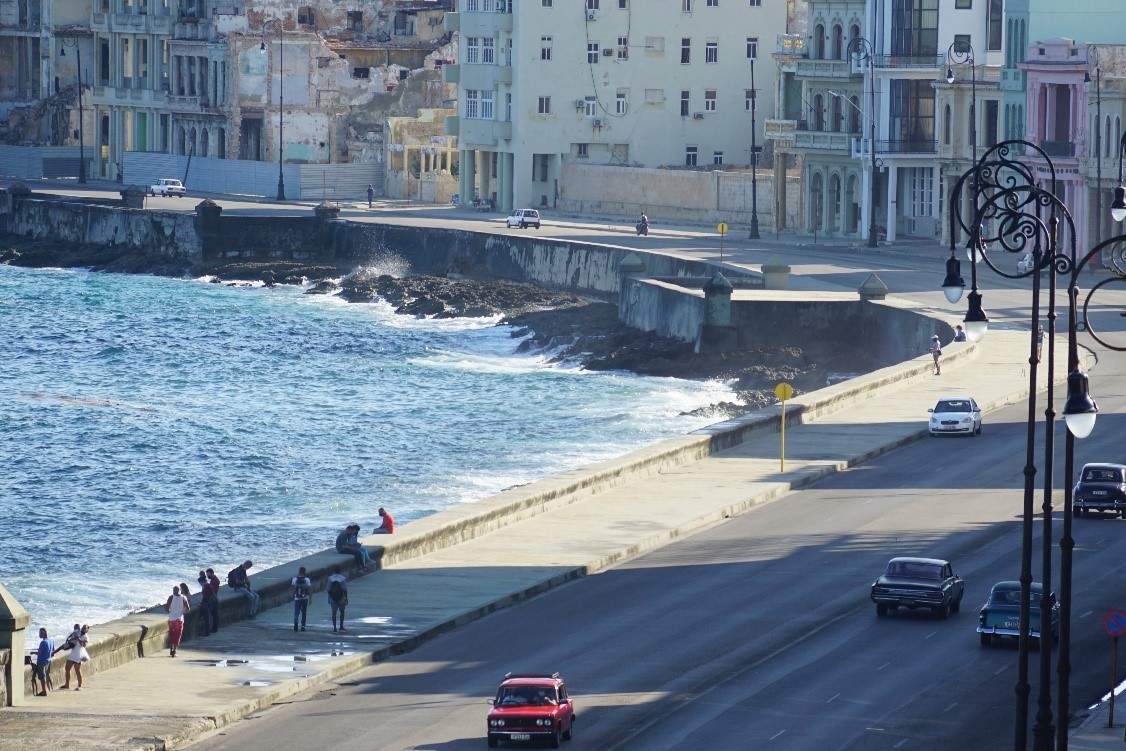

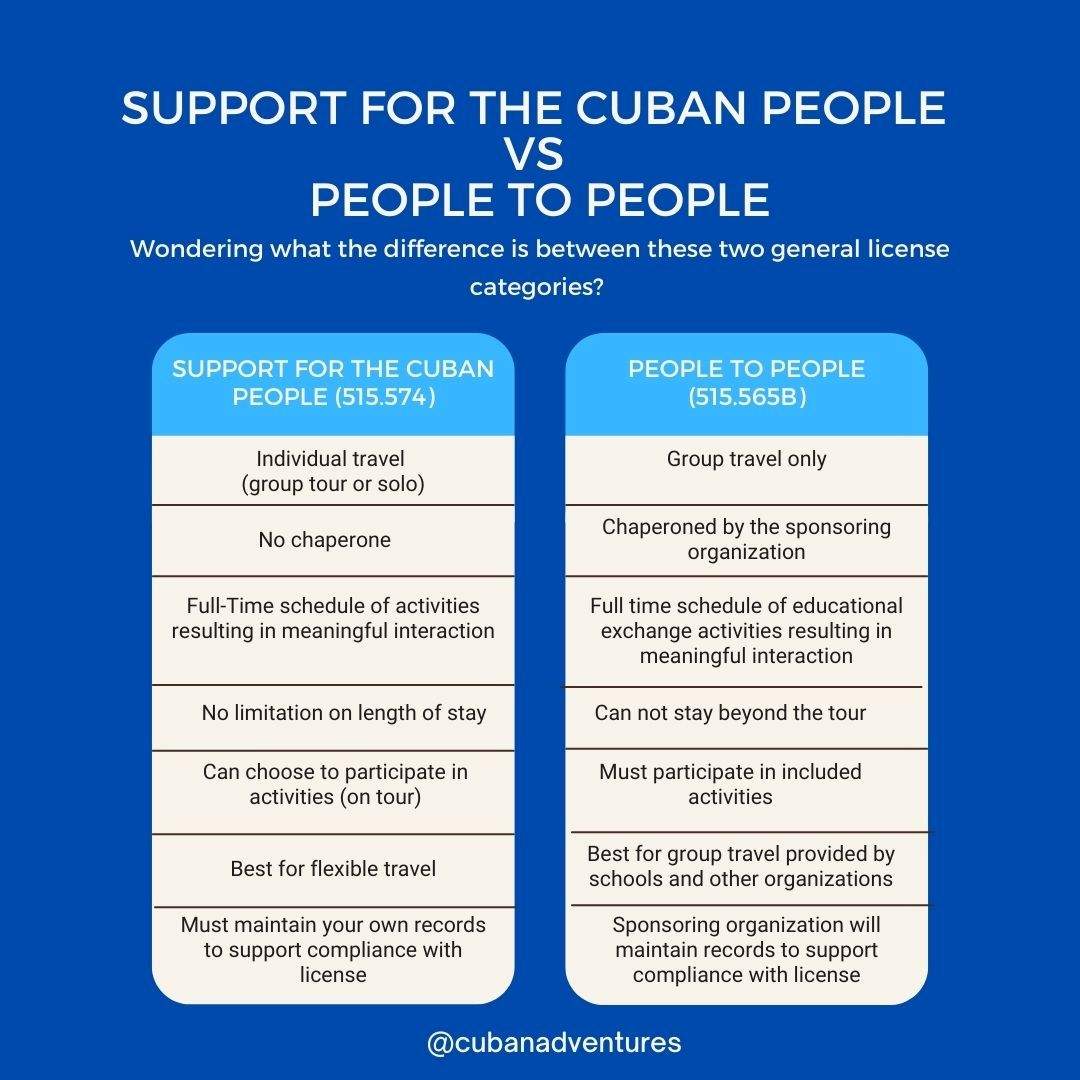

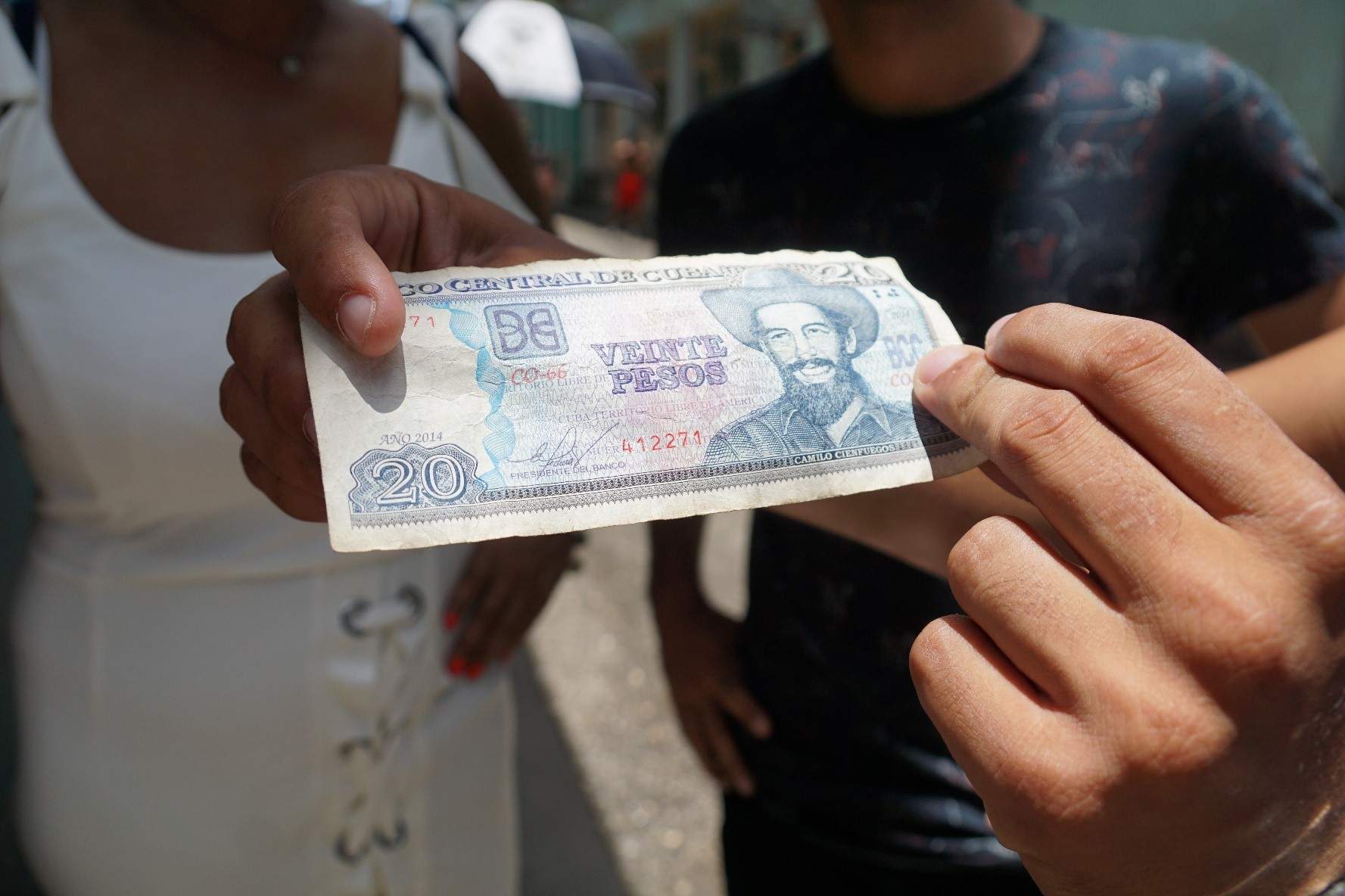
Comments
Be the first to comment!